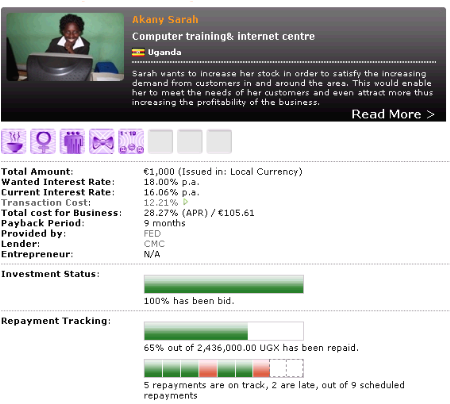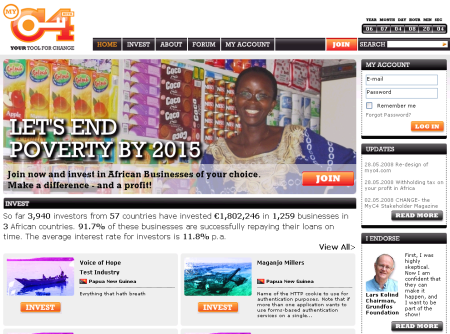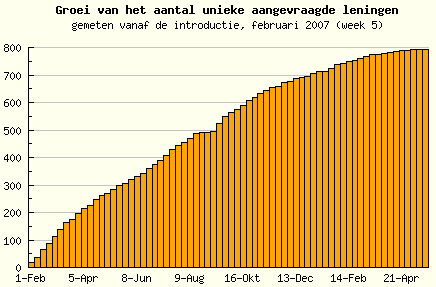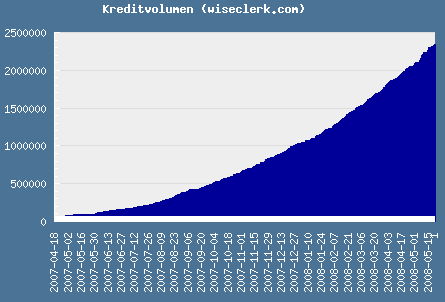Greennote.com will offer p2p loans to help college students pay for their education. Unlike at the competitor Fynanz, at Greennote interest rates are equal for all loans – at launch 6.8%.
Greennote puts a lot of trust in students. All that's required is a school id. No credit checks.
From the Greennote Lender FAQ:
Q: Is there any collateral for the loan? Does the student go through a credit check?
No collateral is provided. This is an unsecured loan. And there is no credit check for the student. You are making this loan because you are helping your student and believe in his or her potential. It’s an investment in someone’s future. At the same time, this is not a handout and you will receive a return on your money.
However, as with any loan, there are risks involved. GreenNote cannot guarantee the repayment of any loan. If a student is unable to repay the loan and defaults after leaving school, GreenNote will provide collections services. We will report delinquencies to credit agencies, which will impact the student’s ability to get credit in the future.
The terms sound certainly attractive for students, especially for those with a low or no credit grade. Students can defer payments while in school:
Payments begin six months after the student finishes (or leaves) school. The student can also defer payments for the entire time he or she is enrolled in school, for up to a maximum of five years.
Student then have 10 years to pay back the loan. They can pay it back early any time without a penalty.
Whether this model appeals to lenders remains to be shown. A slogan on the site says: "Help students you know" – so Greennote is targeting relatives and friends who lend to students.
According to TechCrunch, Greennote raised 4.2 million US$ venture capital from Menlo Ventures and Glenbrook Partners last year.






